If you could change one thing to transform your life what would it be? What if it was your own mind? Learning to train your mind starts with learning to regulate your emotions. It’s because they affect your thoughts, your choices and also the people you attract into your lives.
Our emotions design our experience of life.
Managing our emotions and moods is one of the most difficult but essential skills in life. Those who can achieve it know the secret of leading richer lives with greater success, harmony and more fulfilling relationships.

*During the pandemic, a lot of people are going through a sea of emotions. In these testing times, maintaining our mental balance is as important as protecting our physical health. Through this article we share some helpful tips. If you find them useful, please share them forward. And feel free to add your thoughts and ideas in the comments to grow our collective knowledge.
Just like the virus, our moods are also contagious. Let’s learn spread some calm and hope.

WHAT IS EMOTIONAL REGULATION?
Emotional regulation is the ability to handle both the highs and lows of emotions. Generally speaking, the extremes of any emotion can have an adverse effect on us. Therefore, we need to become aware of our emotional environment. And because our emotions are constantly changing, we can learn to transform them, change their intensity and also choose how we react to them.
Going through the circus of life we often encounter situations and people that completely throw our mood off. Anger, sadness, anxiety and other bad moods are like uninvited guests. By taking up our head space, they take away our freedom and pull us down. Understanding how emotions work can show us how to train the mind and transform those bad moods even if you can’t avoid them.
The emotional center of our brain – the limbic system, is an open loop system. An open-loop system depends on external sources to manage itself. In simpler terms, we rely a lot on our environment and connections with other people to determine our moods. We have evolved in this way because it increases our chances of survival. It helps humans form relationships, protect and care for their loved ones and also find environments that were safe to live in and thrive in.
Even though the open loop is so much a part of our lives, we usually don’t notice the process. So how can we use this to our advantage? The link between our inner nature and outer nature gives us a wonderful tool to shape our emotions.
The format that we cover in this post is based on the Japanese concept of Shinrin-yoku or Forest Bathing. It is a well researched and highly effective practice and has a host of other benefits besides helping you regulate your emotions.
* Forest Bathing Introduction | Forest Therapy in Japan
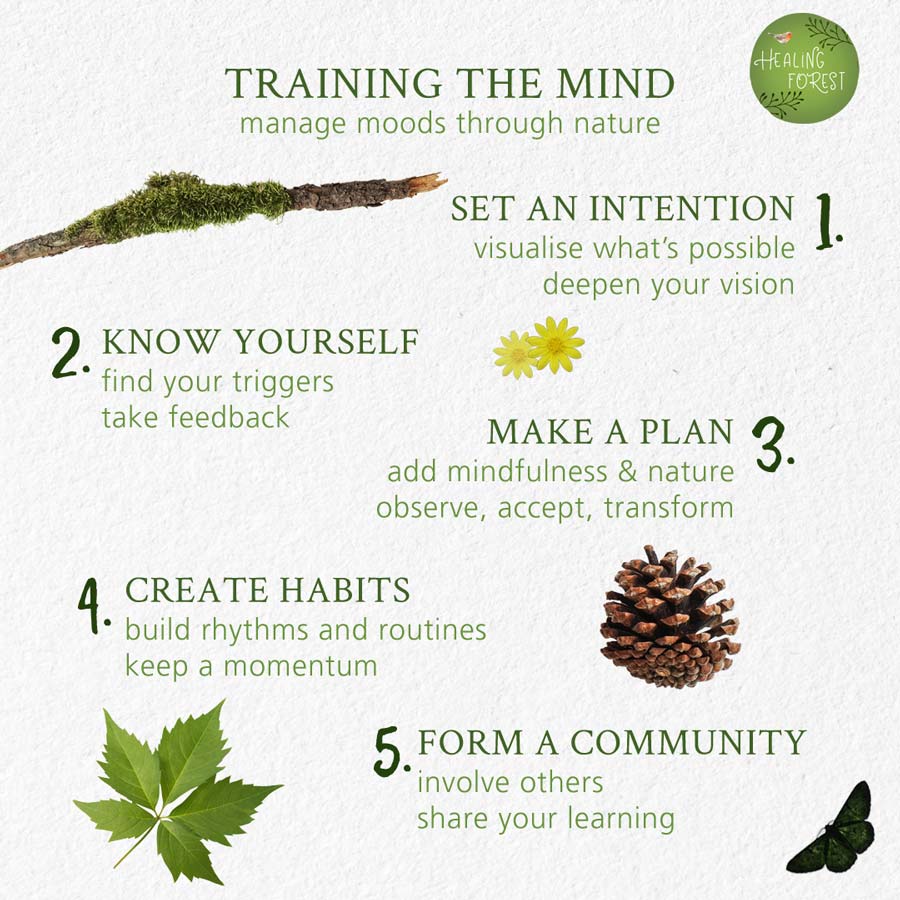
HOW TO CONTROL YOUR EMOTIONS?
There are many ways to train the mind to control your emotions, but with nature it’s easier. It’s because, our mind has evolved in nature. In this post we will cover 5 stages of learning to control your emotions. The stages help you progress steadily and create a longer lasting effect.
Emotional skills are part of our genetic code, and each one of us has a certain mood that we are more prone to. However, experience also plays a big role in how our personality develops. The more we act a certain way—be it happy, depressed, or cranky—the more the behaviour becomes ingrained in our brain circuitry, and the more we will continue to feel and act that way.
1. The Forest – Knowing what’s possible
Go for a nature walk. Focus on your strongest sense and find something in nature that brings you deep calm. Stay with that emotion as long as you can. Later when you are at home, sit in a quiet space and try to recreate the same emotion by visualising your moment in nature. Practicing this exercise helps us recreate emotions we can fall back on when the need arises.
The basic practice of learning to regulate our emotions begins with observing, accepting and transforming. Many behaviour change programs include Mindfulness as part of the process. By adding nature to mindfulness we can make it far more engaging and effective.
Emotions are absorbed in the body in about six seconds. Each burst of emotion chemicals, from the time it’s produced in the hypothalamus to the time it’s completely broken down and absorbed, lasts about six seconds. If we’re feeling something for longer than six seconds, we are – at some level – choosing to recreate and refuel those feelings. Recognizing what emotion we are feeling, evaluating its purpose, and deciding whether to recreate it, is what emotional intelligence is all about. (source)
2. The Storms – Knowing yourself
Knowing what triggers you will help you in being better prepared. Make a list of people, situations and environments that affect you negatively. Also knowing how you affect others will show you areas that need improvement. Talk to family, friends and colleagues. Take feedback.
Our moods are like the weather – they can create a climate of trust, creativity and growth, or they can spread dark clouds of stress, fear and anxiety. Practice becoming aware of the links between what’s happening around you and what’s happening inside you.

A good mood leads to a good day.
According to scientists, there are 8 primary emotions: joy, sadness, fear, surprise, anger, disgust, acceptance, anticipation. Other important emotions, like ‘love’ are a complex combination of some of these primary emotions. These permutation and combinations give our mind its emotional richness. In nature we work with the emotions of awe and wonder to create joy, serenity, love and even compassion.
3. The Path – Creating an action plan
The effects of nature work in a dose curve. The more time you spend in nature, the better it is for you. Depending on your need and situation, you can design an action plan for lifting your mood when you are down.
Identify special places in nature you have access to. Find landscapes, elements, and activities in nature that you enjoy. It could be sitting next to a stream, lying on the grass, reading under a tree or walking barefoot. Know what works for you and build a plan for training your mind. The deeper your nature experience is, the stronger its effect.
When you are in nature, focus on all your senses. Soak in the sights, sounds and smells. Taste the freshness and feel the textures. Our senses work at a subconscious level. They also help in bringing your awareness to the present moment. Negative thoughts are easier to quell when we bring our attention to a pleasing sensation.
When you are in nature shift from thinking to sensing, and from sensing to simply being.

*For some beautiful ideas, try our Nature Calm course, with a collection of over 100 creative and mindful activities to find your calm.
4. The Cycles – Keeping momentum
Nature works in rhythm… birdsong in the morning, phases of the moon, and cycle of seasons. Interestingly, so does our mind. Create a habit of adding nature into your life. Whether it is the daily ritual spent with your plants and pets, a weekly nature walk, an annual vacation in the forest. Build a rhythm into your life. It keeps you in a good mood and maintains your momentum.
Even if you can’t access nature, simple acts of watching clouds fly by, listening to bird song, feeling the breeze on your skin and many other small ideas can keep you connected to nature.
Creating a momentum helps you break deep rooted emotional patterns which may be difficult to get rid of.
5. The Friends – Creating a community
Our moods affect our relationships deeply. Therefore, community is the most important aspect of your mind training. Remember, our moods are linked to the moods of people in our lives.
Go for a silent nature walk with those you wish to build a deeper connect with. Let nature do all the talking. Close bonds can form between people who allow each other their own space and yet share a beautiful experience together.
Everyone knows the importance of emotional intelligence in life. Most successful people, teams and families have a high level of emotional intelligence. What people don’t realise is that the foundation of this intelligence comes from the ability to regulate emotions. Emotions in ourselves as well as others.

THE EMOTIONS
Our emotions are deeply linked to hormone levels, cardiovascular functions, sleep rhythms, and even immune functions in the body. And strong emotions can even alter these in the body of another. It’s a phenomenon called mood contagion.
Research in intensive care units has shown, for example, that the comforting presence of another person not only lowers the patient’s blood pressure but also slows the secretion of fatty acids that block arteries. Another study found that three or more incidents of intense stress within a year (for example, serious financial trouble, being fired, or a divorce) triples the death rate in socially isolated middle-aged men, but it has no impact on the death rate of men with many close relationships. (Source)
So you see, our emotional health is linked to our mental health, physical health as well as social health.
Changing your mood changes your experience of life.
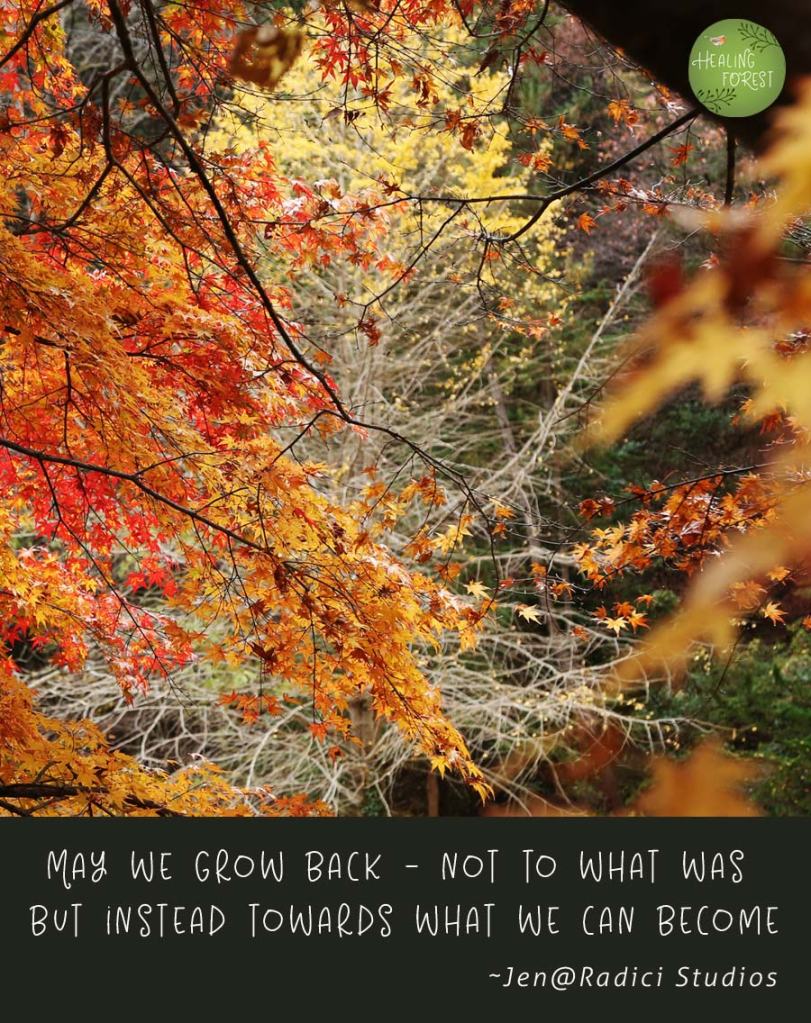
Creating a deep connection with nature is like growing roots that will keep us stable and anchored in stormy situations. And during calmer times, they will nourish the very essence of our being, helping us enrich other people’s lives with our presence.
May the forest calm always be with you.

We live in a complex world, facing challenges big and small each day. The twists and turns of life affect us in many ways. Therefore, learning to take control of our own wellbeing is an important skill. Discover how to find peace, purpose and good health with the help of nature. We share the best ideas and practices from around the world. Please subscribe to our blog for a monthly newsletter with new ideas.
Do share this post with people who might find it helpful.

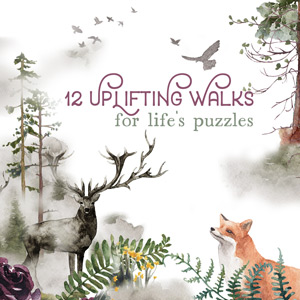
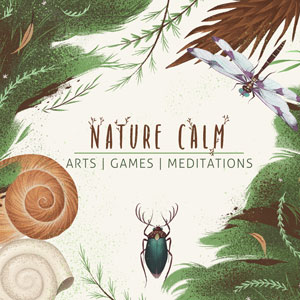
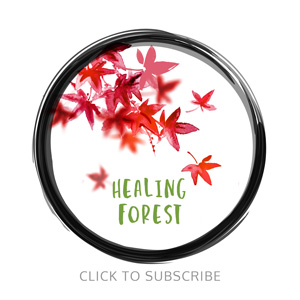
This is a very beautiful article.
LikeLike